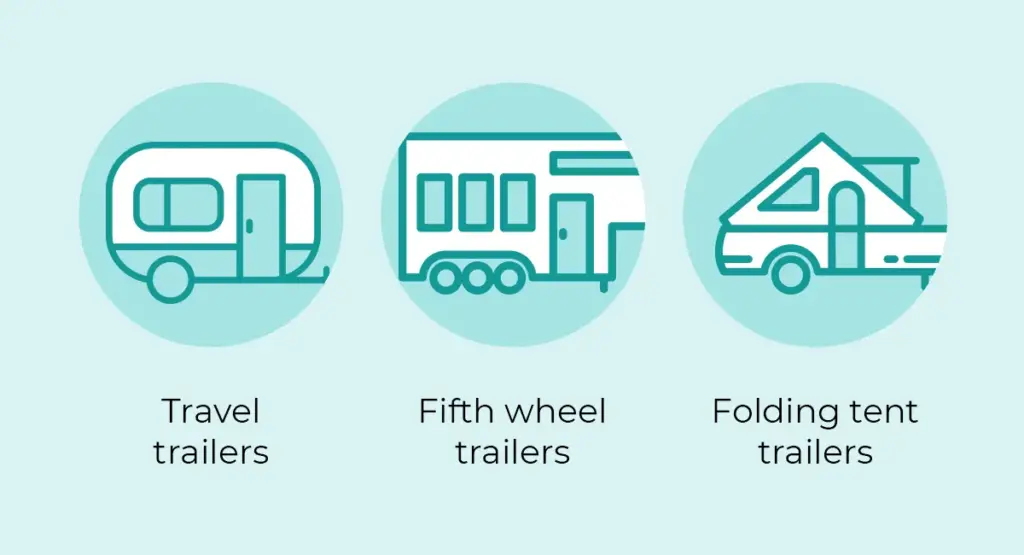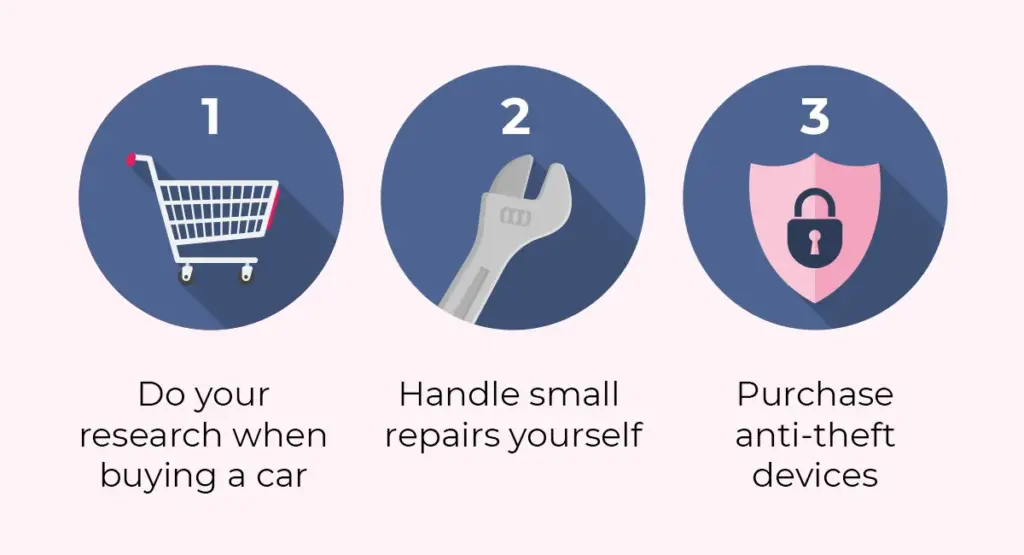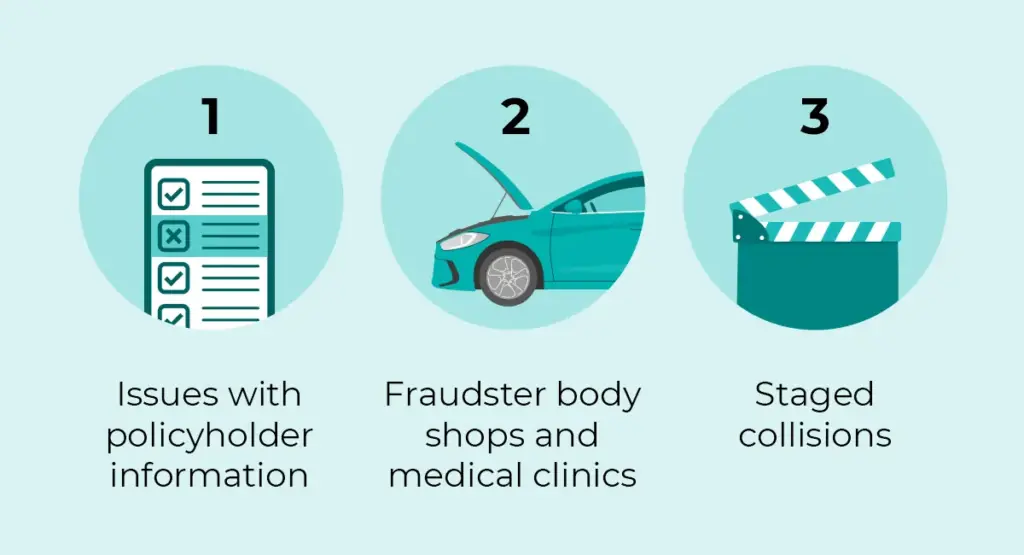How to add a teen driver to your auto insurance policy
July 03, 2024
As your teen starts driving, it’s natural to feel anxious. Will they stay safe? Can you trust them with your car?
Insurance companies often view young adults and teens less favorably than older drivers due to their lack of experience, which can lead to costly accidents. Because of this, teenage drivers purchasing their own insurance policy usually face higher premiums. Adding them to your car insurance can be a much more cost-effective option.
Should you add your teen driver to your policy?
Creating a new insurance policy for a teen driver is one option. However, the cost of car insurance tends to be a lot lower for new drivers if they’re added to an existing policy. This will increase your premiums, but it would cost less than creating a new policy.
Wondering why? Well, insurance companies look at many things to set prices, like the car, where it’s parked at night, and more. They also look at age, gender, and driving record along with how many vehicles there are in the household and how many drivers. If there are one or two vehicles, a teenager can be added as an occasional operator. If there are three vehicles, they must be added as the principal operator, but this is still usually cheaper than if they had their own policy as they would qualify for a multi-vehicle discount.
If a teenager has their own policy and is insured with a different company, they can still drive their parents’ car if they live at the house and assuming their driving record meets the necessary qualifications.
When should a teen driver have their own policy?

If you have a higher-value vehicle, such as a sports car or a luxury vehicle, you might not want your teenager to drive it. In this case, you can exclude them from your auto insurance policy for that vehicle. If they already have their own policy, you wouldn’t need to take this step.
You will, however, want to exclude your teen driver if you have a multiple-vehicle policy and there’s one or more cars on that policy you don’t want them driving. They can drive the other vehicle they’re not excluded from but are removed as an operator from the car you don’t want them using.
How do you exclude a driver from your policy?
With an excluded driver endorsement. Both you and the excluded driver would need to sign this endorsement for it to take effect. By signing, the excluded driver commits to refraining from operating any vehicles insured under the policy. Should they choose to drive one of the vehicles after being excluded from the policy, liability and physical damage coverage will not be provided.
Keep in mind that if your teenager did drive a vehicle when they were excluded on the policy and they got into an accident, the injured party could sue for their injuries and/or damages and all those costs would have to come out of your pocket.
How do you add a teen driver to your policy?
Reach out to an insurance broker to discuss adding a driver to your insurance policy. You’ll probably need to answer some questions, like how often and how far your teen will be driving the insured vehicles, what their driving experience is, how long they’ve had their license, etc. Once that process is done, your policy will be amended and the change should take place immediately.
You’re likely to see a premium increase at your next payment, as adding an inexperienced driver can raise your premiums considerably. However, there are some ways you can save money even with a teen driver added to your car insurance policy:
- Bundle your insurance policies. If you have a home or tenant policy, you can bundle your home and auto insurance through a single provider to save. Packaging all your policies with one insurer creates discounts that can save you hundreds of dollars.
- Research your vehicles. Safer car that are not on the most stolen list usually cost less to insure than unsafe, high theft vehicles. This will also give you greater peace-of-mind while your teenager is gaining driving experience.
- Ask about student discounts. Some insurance companies offer discounts for good grades or students living at school away from home.
- Remove comprehensive and collision coverages on older vehicles. If you have an older vehicle that is no longer worth the cost it would take to repair, considering dropping unnecessary coverages. Keep in mind that this will obviously provide you with less coverage, so talk with a broker before doing this.
Work with an independent insurance broker
When it comes to saving money on your premium, working with an insurance broker is always your best bet. Mitch works with over 70 insurance companies in Ontario, allowing us to shop around for the best, most affordable car insurance for you (and your teenager). Before you hand off the car keys to your child, ask a broker what’s the most cost-effective way to insure your new driver.



















